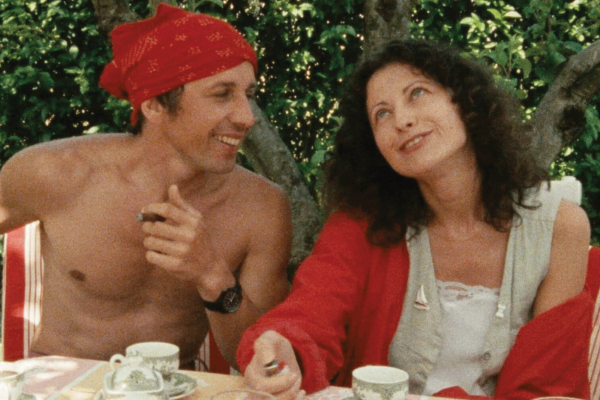THERE IS SOMETHING outré about summertime sadness. As foliage reaches its lushest form and the sun turns our skin dewy, nature summons its full potential to evoke enchantment. And yet, we often find ourselves standing obstinate in the face of God’s good favor.
Such is the case for Delphine in Éric Rohmer’s 1986 French drama, The Green Ray. Newly separated from her fiancé and ditched by a friend she was supposed to vacation with, Delphine (Marie Ri-vière) is suddenly alone in Paris as the city’s leisure class flees for more temperate summer climates. Failed attempts at companionship find her isolated or, worse, at the mercy of dining companions who take on the role of Job’s friends, psychoanalyzing her disposition and insisting she just needs to get out more. Despite all efforts, Delphine is disenchanted.
Read the Full Article

